Greece Plans To Sell F-16s, Mirages To Rationalize Its Fighter Inventory
Greece is set to sell off some of its F-16s and Mirage 2000s as it plans to reduce its diverse combat aircraft fleet.
BY
THOMAS NEWDICK
PUBLISHED MAR 26, 2024 6:18 PM EDT
AIRNEWS & FEATURES
(Photo by French Master Sergeant Malaury Buis)
SHARE
115
THOMAS NEWDICK
View Thomas Newdick's Articles
CombatAir
Greece looks poised to offload both its
early-model F-16s and its French-made
Mirage 2000 fighters, as part of a major overhaul of its armed forces, including the Hellenic Air Force. The F-16s and Mirages could be attractive on the secondhand market and it’s notable that the two types have also been
repeatedly associated with
potential transfers to Ukraine — which could be set to receive its first F-16s
before the end of this year.
While the proposed reforms will affect all branches of the Greek military, the potential changes to the Hellenic Air Force are perhaps the most interesting. The changes were outlined yesterday by Greek Minister of Defense Nikos Dendias, in a TV interview and were subsequently
reported by the
Kathimerini daily newspaper.
Greek Minister of Defense Nikos Dendias (center, right) and French Ambassador to Greece Laurence Auer (center, left) pose with soldiers during the Olympic Cooperation 23 exercise at the Petrochori training area, near Xanthi, northern Greece, on November 24, 2023.
Photo by SAKIS MITROLIDIS/AFP via Getty Images
Among the “very radical changes” announced by Dendias is the planned disposal of some of the Hellenic Air Force’s older combat aircraft equipment.
“We have a cartload of different types of aircraft. We have
F-4s, Mirage 2000-5s, Block 30 F-16s, Block 50 F-16s,
Block 52 F-16s, Viper F-16s, and
Rafales,” Dendias explained. The “Viper F-16s” description refers to aircraft that have been upgraded to the F-16V (for Viper) configuration, which you can read more about
here.
“We cannot carry on this way,” Dendias added. “The F-4s need to be retired and, if possible, sold. The Mirage 2000-5 is an exceptionally capable plane and can be sold. The Block 30 F-16s need to be sold. And I think we will be able to sell the [Mirage 2000-5 and Block 30 F-16s].”
A four-ship of Hellenic Air Force Mirage 2000-5s over the airbase of Tanagra, north of Athens, in November 2007, during a commissioning ceremony for the jets.
ARIS MESSINIS/AFP via Getty Images
That last statement cast doubt on whether a customer would ever be found for the veteran F-4 Phantoms, a type that is
rapidly disappearing from service around the world.
Regardless, operating so many different types in a variety of configurations is a serious financial burden on Greece, especially in terms of the increasing maintenance demands.
The future Hellenic Air Force envisioned by Dendias will be more homogenous and offer better levels of interoperability.
Against this backdrop of planned retirements, Greece is also busy introducing new fighter equipment. As well as the aforementioned Viper upgrades for a portion of the existing F-16s,
Rafales are arriving, with F-35A stealth fighters
planned for the future.
A Hellenic Air Force Rafale.
Dassault Aviation
With that in mind, Dendias confirmed the aspirations to complete the Viper upgrade, which he said had been delayed, as well as to buy additional Rafales. The defense minister wants to buy another six of the French fighters, on top of the 24 already acquired.
As for
the F-35, Dendias said that Greece wants the
more capable Block 4 version, which has yet to take to the air, amid
ongoing problems with the software and hardware backbone
that will enable those new capabilities. In the past, there had been signs that Greece
might opt for secondhand F-35s, to speed delivery of stealth fighters. As it is, by waiting for the Block 4, Dendias thinks that Lockheed Martin “will have cured all the childhood illness of the fifth-generation aircraft.”
In January this year, the U.S. State Department approved the possible sale to Greece of as many as 40 F-35As and related equipment at an estimated cost of up to $8.6 billion. Such a deal still needs Congressional approval, but this is likely straightforward.
Looking at the particular aircraft that are set to be discarded, the F-16s are the survivors of 34 single-seat F-16C and six two-seat F-16D Block 30 jets that were procured under the Peace Xenia I Foreign Military Sales program and delivered between 1988 and 1990.
These were followed by successive orders for Block 50 F-16C/Ds capable of night attack missions with the
LANTIRN targeting pod and navigation system and with
AGM-88 High-speed Anti-Radiation Missile (HARM) capability. Then came Block 52+ F-16C/Ds with conformal fuel tanks for extended range, and finally
Block 52+ Advanced F-16C/Ds.
Katso liite: 95750
A Hellenic Air Force F-16C Block 50 armed with AGM-88 HARMs.
Hellenic Air Force
Greece’s F-16V modernization is addressing 84 aircraft — all of them Block 52+ and Block 52+ Advanced jets — which will receive, among others, AN/APG-83 Scalable Agile Beam Radar (
SABR) with active electronically scanned array (AESA), Raytheon Modular Mission Computer, remodeled cockpit including the second-generation
Joint Helmet Mounted Cueing System (JHMCS ΙΙ), and the Link 16 datalink.
All told, the fate of the Block 30 aircraft has been unclear for some time, with previous suggestions they could be sold off, or perhaps used as aggressors for air defense training.
As of today, the Block 30 jets are consolidated within a single squadron, and they have undergone the Falcon UP service-life extension, meaning they still have some valuable flight hours remaining.
A Hellenic Air Force F-16C Block 30 aircraft photographed at Kleine Brogel in Belgium in 2007.
Jim van de Burgt/Wikimedia Commons
As for the Mirages, Greece placed an initial order for 36 single-seat Mirage 2000EGs and four two-seat Mirage 2000DGs that were delivered from 1988. These are used mainly for air defense but can be armed with the
AM.39 Exocet missile for anti-shipping strike.
Greece subsequently obtained a further 15 new-build Mirage 2000-5BG/EG jets and brought 10 of its earlier aircraft to the same standard. These later jets are armed with the MBDA
MICA missile, available in both radar-guided and infrared-guided variants, as well as the MBDA
SCALP-EG cruise missile, which has notably been
supplied to and used by Ukraine.
Afterburner take-off for a Hellenic Air Force Mirage 2000-5EG.
Hellenic Air Force
Perhaps surprisingly, Dendias only discussed the disposal of the more capable Mirage 2000-5s, leaving a question as to what will happen to the older Mirage 2000EG/DG jets, unless he misspoke, and these also set for retirement.
Finally, the Hellenic Air Force’s surviving F-4E fighters, despite having undergone an avionics modernization, are unlikely to find a customer if offered for sale, beyond perhaps as museum exhibits. Despite some advanced capabilities — including color multifunctional displays, hands on throttle and stick (HOTAS),
Rafael Litening II laser targeting pods, and AIM-120 AMRAAM missiles — the limited service life left and dated infrastructure to support them would make their introduction a highly expensive endeavor for very little return.
A Hellenic Air Force F-4E in its hardened aircraft shelter, armed with the Vietnam War-era
HOBOS TV-guided bomb.
Hellenic Air Force
The story is very different for the F-16s and Mirages. Both these types are still in widespread service and have a lot to offer, not just for private contractors offering adversary services, but also for frontline air forces.
In particular, Ukraine could be interested.
Kyiv, after much hard campaigning, is finally set to receive F-16s, with these being
drawn from a multinational European consortium spearheaded by Denmark and the Netherlands. The exact breakdown of the numbers of these jets that different countries will provide is unclear, with some earmarked for training and others headed to the Ukrainian Air Force for combat use. As well as Denmark, which has pledged 19 jets, and the Netherlands, with reportedly up to 48, Norway has also said it will seek to provide between five and 10 F-16s to Ukraine. However, Greece has, so far, not been mentioned in these discussions.
One of the first five former Dutch F-16s that will be used to train Ukrainian pilots as part of a European initiative that touched down in Romania on November 7, 2023.
Dutch Ministry of Defense Dutch Ministry of Defense
Since Greece is not part of the European Participating Air Forces (EPAF), its aircraft will not have the same benefits of commonality shared by the other European F-16 operators
involved in the Ukrainian effort, but the jets would still be a valuable acquisition for Kyiv.
Mirage 2000s, too, have been linked with a potential transfer to Ukraine, with proposals to transfer examples from French stocks. So far, these have come to nothing, with the F-16 emerging as the clear priority for Ukraine. That said, the availability of potentially dozens more surplus Mirage 2000s — including more advanced Mirage 2000-5 versions — could lead to a rethink and see those plans revisited.
In the past, Greece has also considered transferring other heavy weapons to Ukraine, most notably a proposal to send much-needed
S-300 long-range surface-to-air missile systems. Unusually for a NATO member, Greece has fairly significant stocks of Soviet-era and Russian-made air defense systems, and early this year there were reports that Athens could be ready to provide some of these to Ukraine.
An S-300PMU-1 anti defense system launches a missile during a Greek Army military exercise near Chania on the island of Crete on December 13, 2013.
Costas Metaxakis/AFP via Getty Images Costas Metaxakis/AFP via Getty Images
As it stands, Greece looks set to retire its Block 30 F-16s as well as at least a portion of its Mirage 2000 fleet. All these aircraft remain highly capable assets that could be relatively easily incorporated into other nations’ existing fleets. They could also be very attractive acquisitions for private contractors looking to offer ‘red air’ services. Were they to be made available to Ukraine, they would very likely be snapped up. For now, that’s just one possibility of many, as Greece sets about a radical consolidation of its combat aircraft fleet.
-
Contact the author: [email protected]

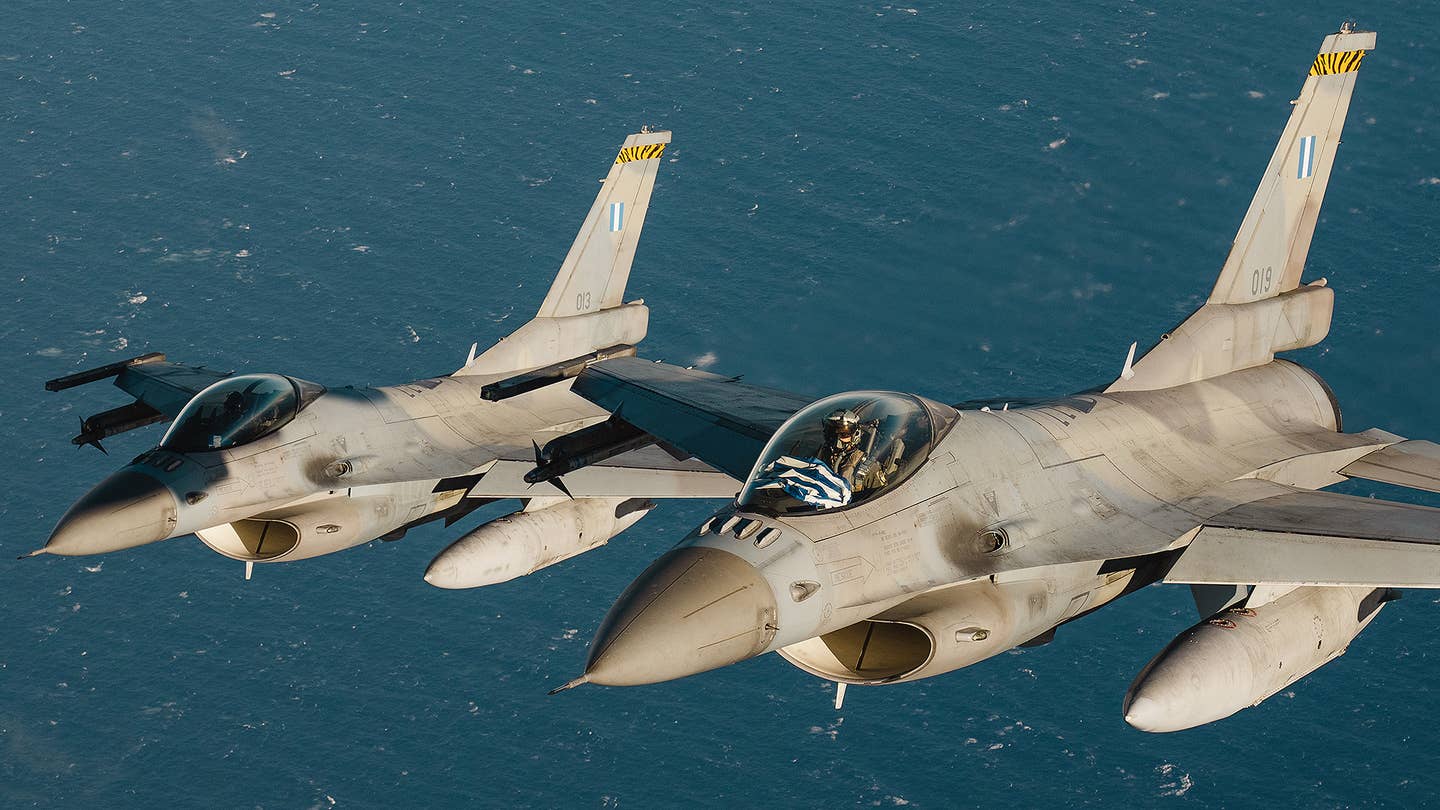

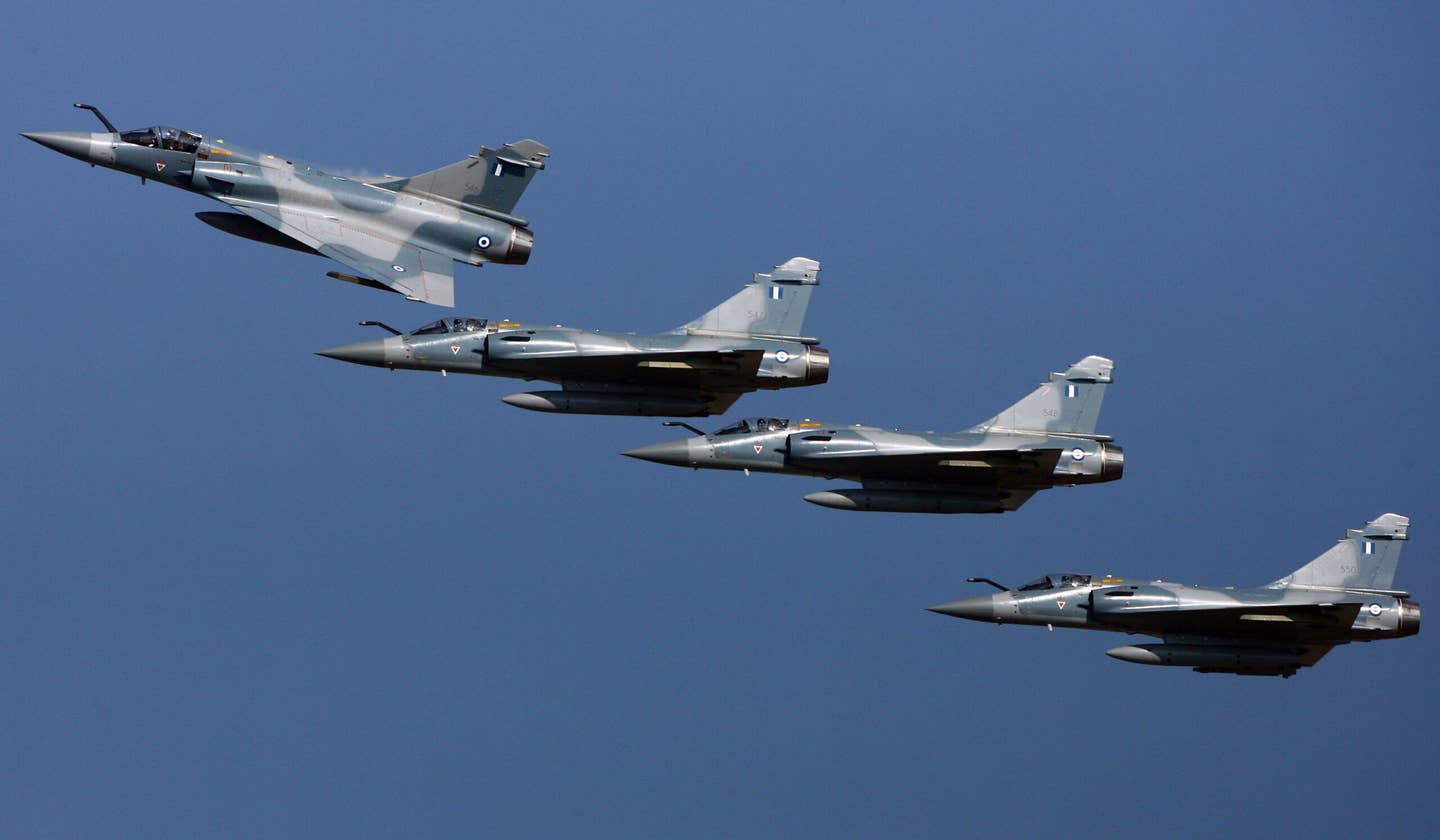

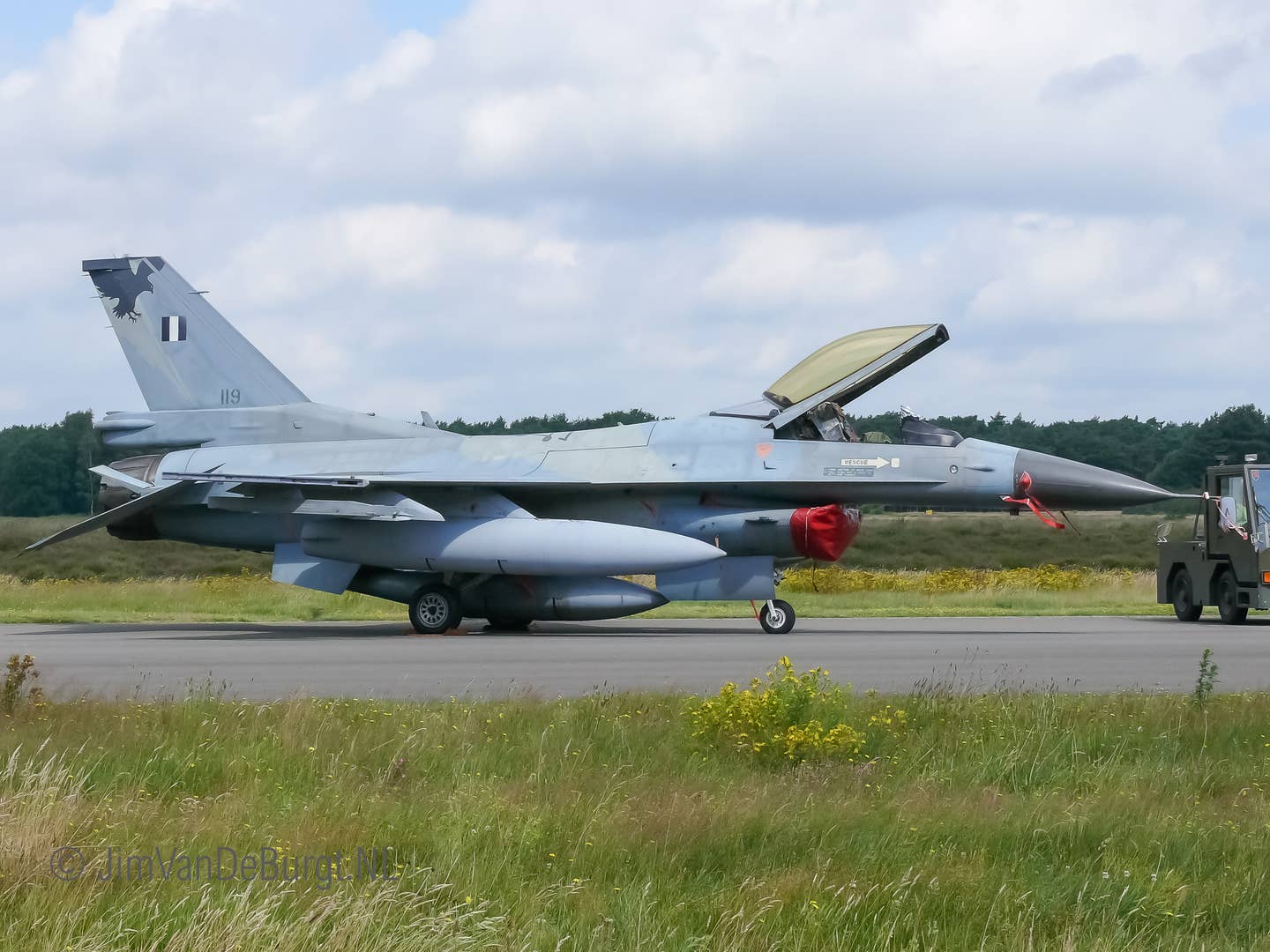
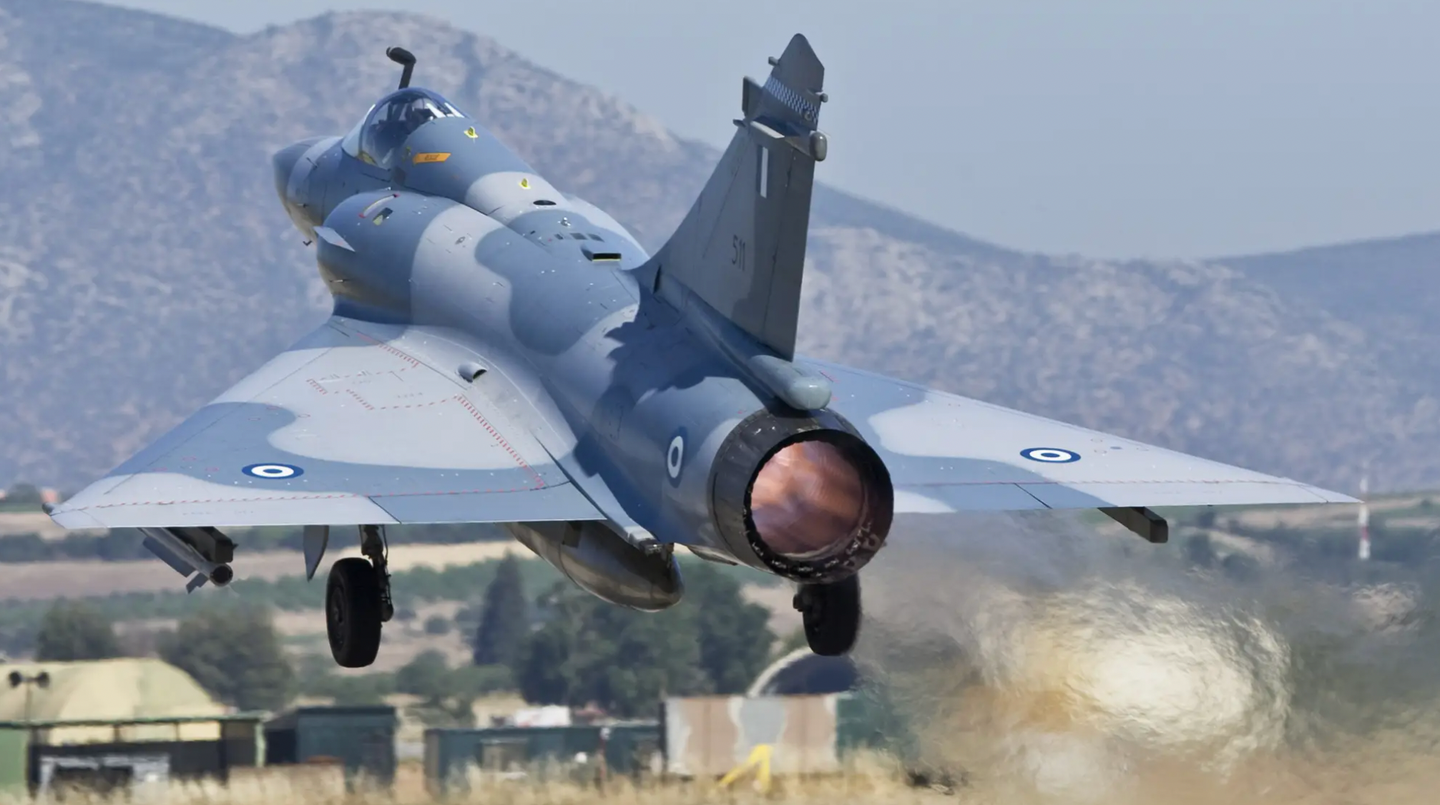

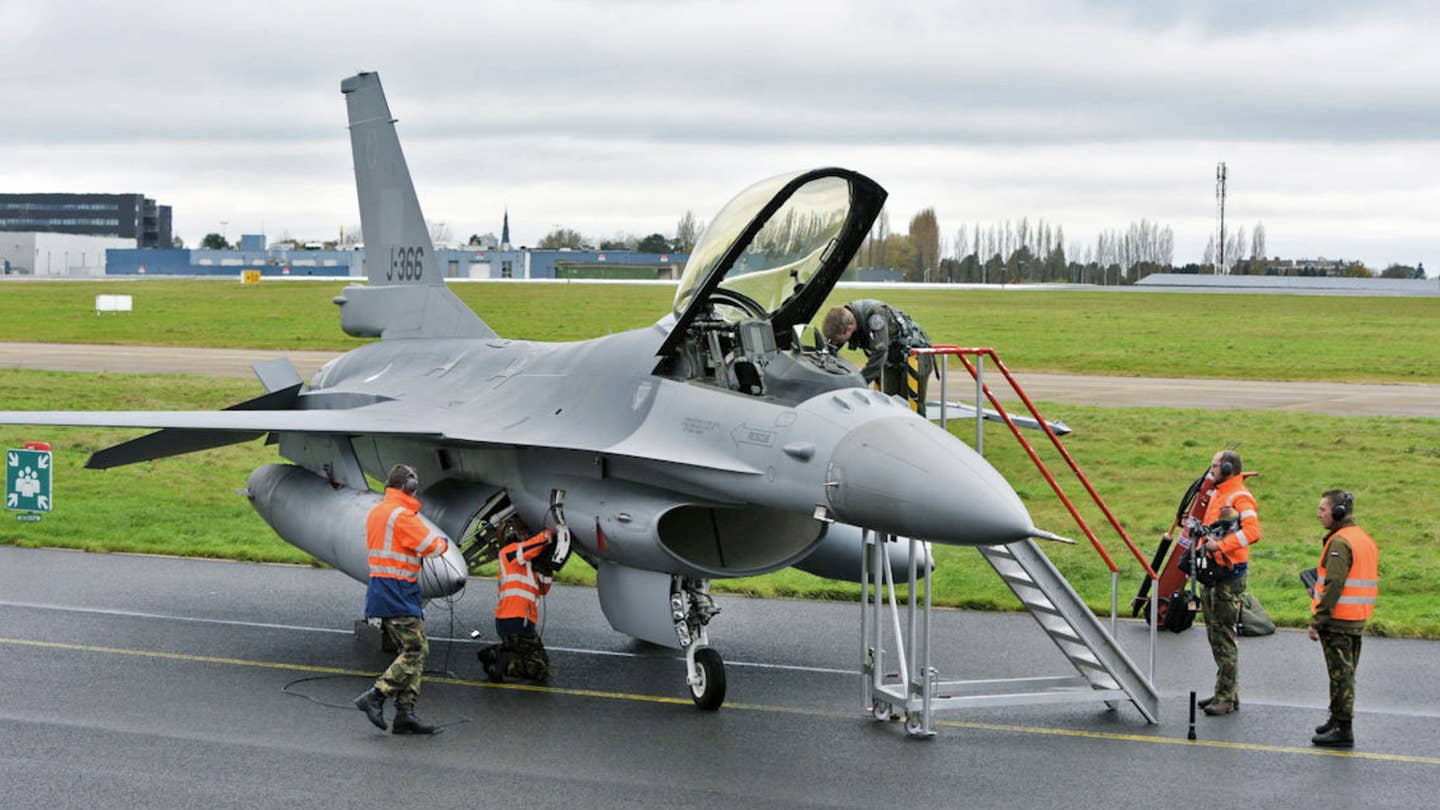
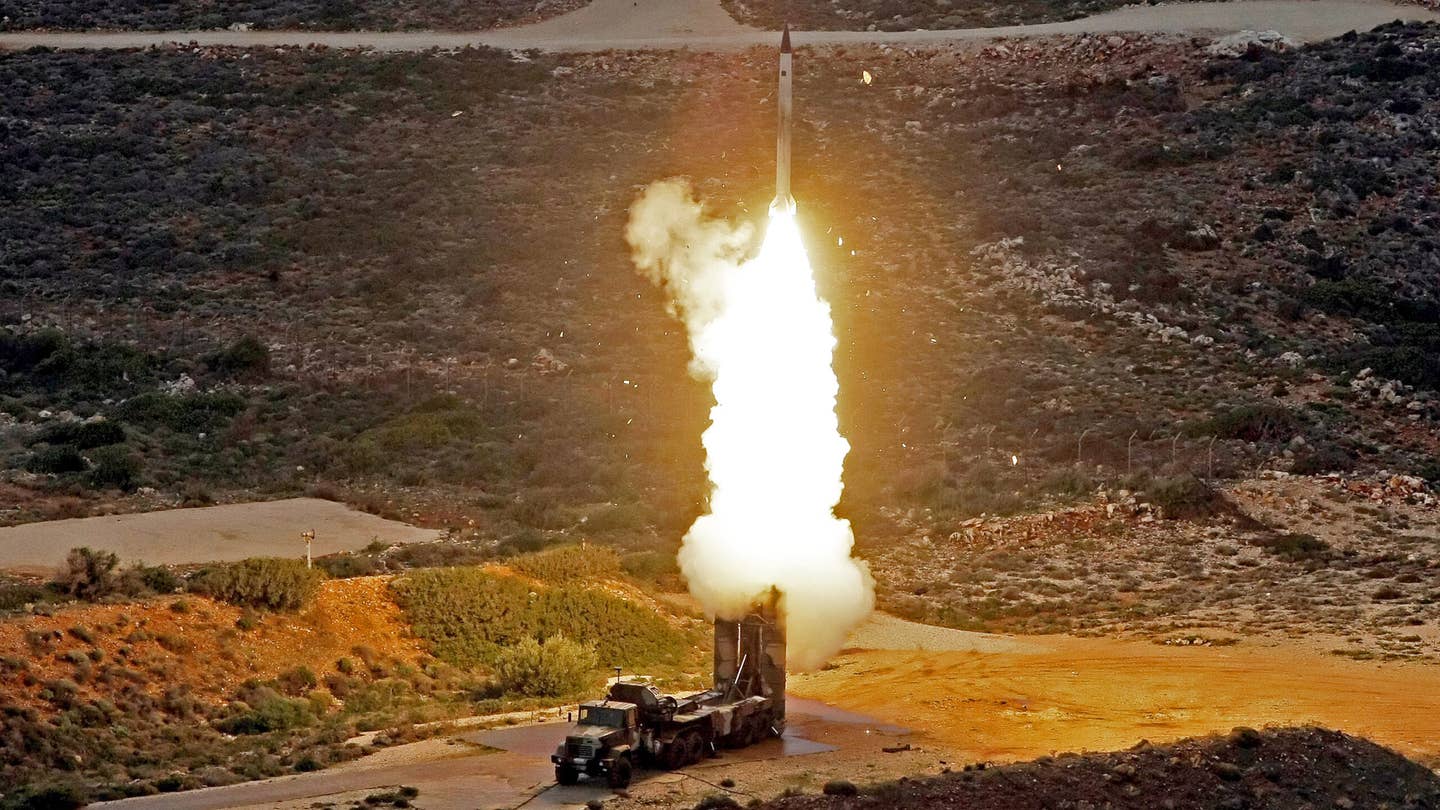


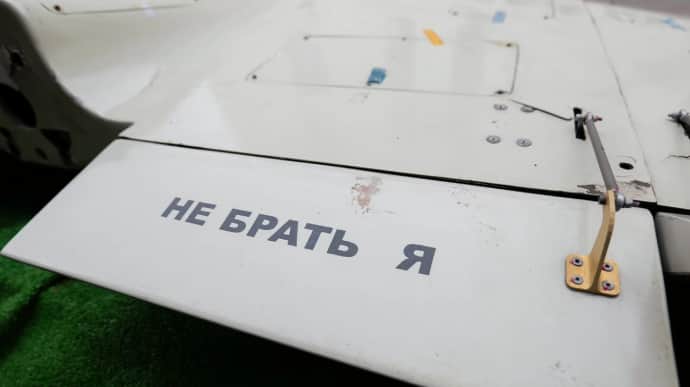
 The impact tore off the facades and balconies of the adjacent apartment building. Among the devastation, near one of the entrances lies the lifeless body, reported the correspondent of Suspilne Kharkiv.
The impact tore off the facades and balconies of the adjacent apartment building. Among the devastation, near one of the entrances lies the lifeless body, reported the correspondent of Suspilne Kharkiv. It is smaller than KAB, but the destructive force is quite serious and powerful.
It is smaller than KAB, but the destructive force is quite serious and powerful. 4th photo - UMPB from Donetsk region.
4th photo - UMPB from Donetsk region.